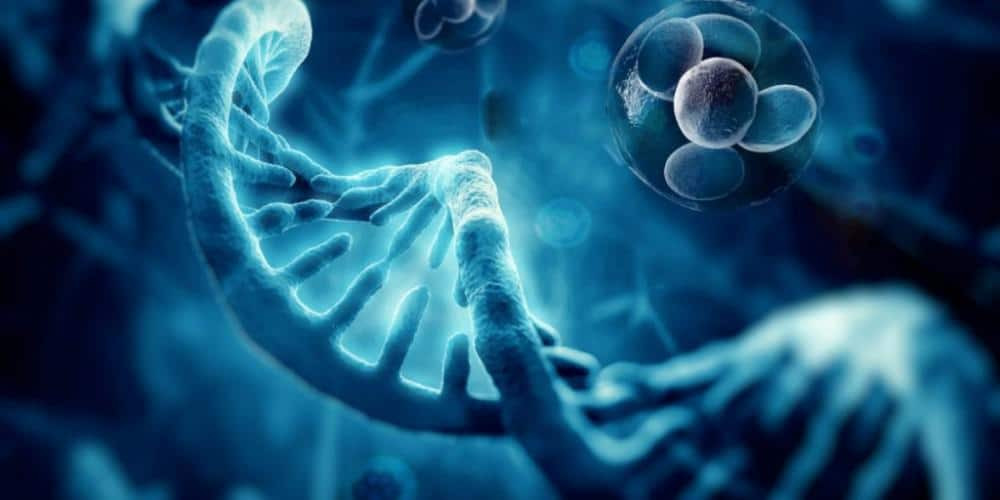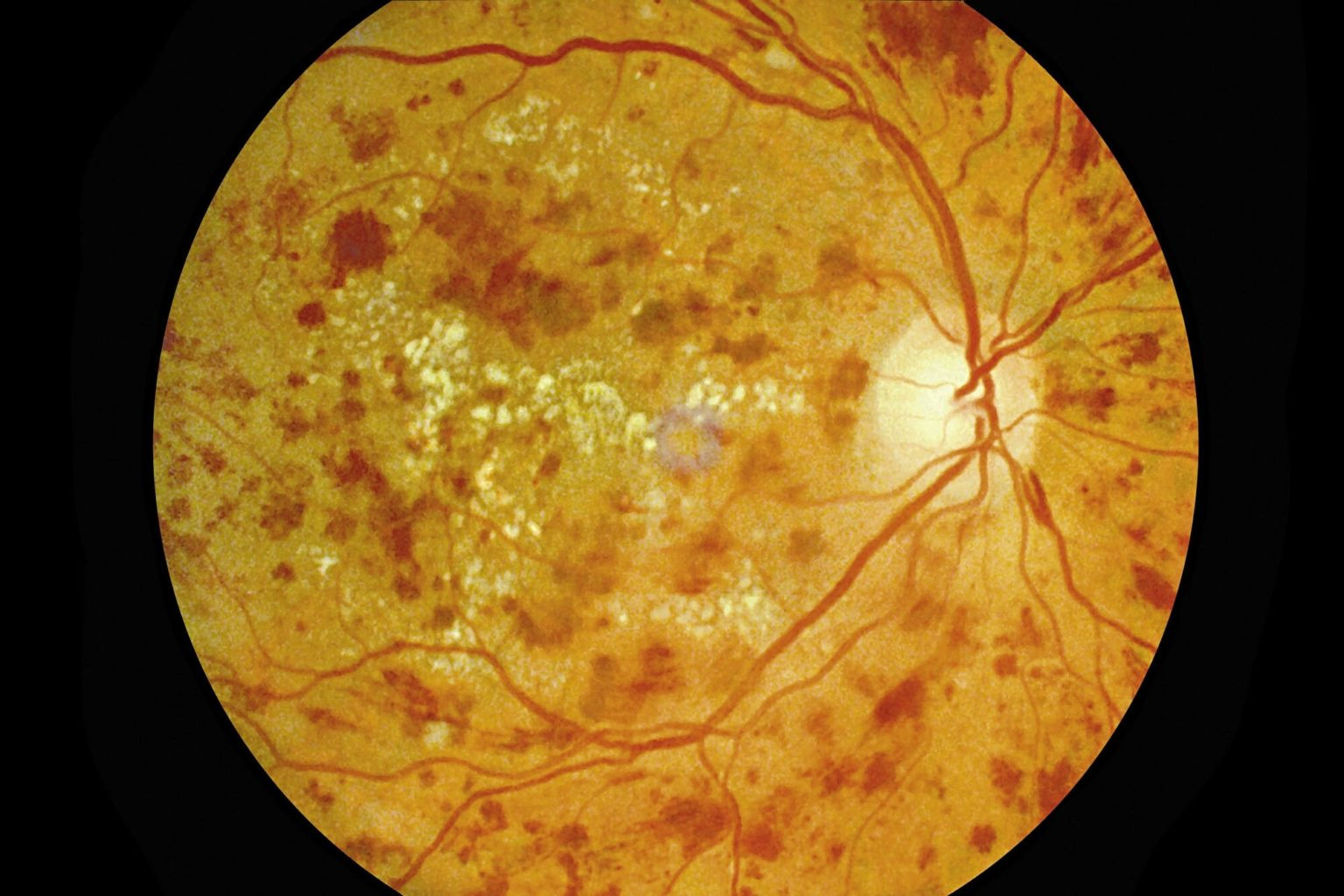A New Era in Regenerative Medicine: The Rise of Induced Pluripotent Stem Cells
The field of regenerative medicine is experiencing a paradigm shift with the emergence of induced pluripotent stem cells (iPSCs). These cells, derived from adult tissues, possess the remarkable ability to differentiate into any cell type in the body, holding immense promise for treating a wide range of diseases.
The Power of Pluripotency
iPSCs are essentially reprogrammed cells, created by introducing specific genes into adult cells, such as skin cells or blood cells. This genetic reprogramming allows these cells to revert to a pluripotent state, similar to embryonic stem cells. This means they have the potential to develop into any cell type, from neurons to heart cells, making them a valuable tool for regenerative medicine.
iPSCs: The Key to Curing Diseases
The potential applications of iPSCs in treating diseases are vast. Here are some examples:
- Replacing damaged cells: iPSCs can be used to create new cells to replace those damaged by disease or injury. For instance, iPSCs can be differentiated into pancreatic beta cells to treat diabetes, or into neurons to treat neurodegenerative diseases like Parkinson's disease.
- Drug testing: iPSCs provide a powerful platform for drug testing, allowing scientists to study the effects of drugs on human cells in a controlled environment. This can lead to more effective drug development and reduce the need for animal testing.
- Disease modeling: iPSCs can be used to create models of specific diseases, providing insights into the underlying mechanisms and potentially leading to new treatments.
The Booming Market of iPSC Technology
The immense potential of iPSCs has sparked a global boom in the iPSC market. This growth is being driven by factors such as:
- Increasing investments in research: Government and private institutions are pouring resources into iPSC research, accelerating the development of new therapies.
- Rising demand for personalized medicine: iPSC technology allows for the development of personalized therapies, tailored to the individual patient's genetic makeup and disease.
- Advances in iPSC generation and differentiation: Scientists are continuously improving the efficiency and scalability of iPSC generation and differentiation, making the technology more accessible.
Challenges and Opportunities in the iPSC Market
Despite the exciting potential, the iPSC market faces several challenges:
- Ethical concerns: The use of iPSCs raises ethical questions, particularly regarding the potential for misuse or exploitation.
- Technical limitations: iPSC technology is still relatively new, and there are technical challenges that need to be addressed, such as ensuring the safety and efficacy of iPSC-derived therapies.
- Regulatory hurdles: The approval process for iPSC-based therapies can be lengthy and complex.
However, these challenges are being addressed through ongoing research and development. As the technology advances, the iPSC market is expected to continue its growth trajectory.
A Promising Future for Regenerative Medicine
The development of iPSCs has opened up a new frontier in regenerative medicine. These pluripotent cells hold the promise of transforming the treatment of diseases, offering hope for patients with currently incurable conditions. As the iPSC market continues to expand, we can expect to see exciting breakthroughs in the years to come. This technology has the potential to not only cure diseases but also to improve the quality of life for millions of people worldwide.
iPSCs: A Revolution in Progress
The story of iPSCs is a testament to the power of scientific innovation. From the initial discovery of their potential to the rapid growth of the iPSC market, this technology has revolutionized the field of regenerative medicine. With ongoing research and development, iPSCs are poised to play an even greater role in the future of healthcare, offering hope for a healthier and more fulfilling life for people around the globe.

















